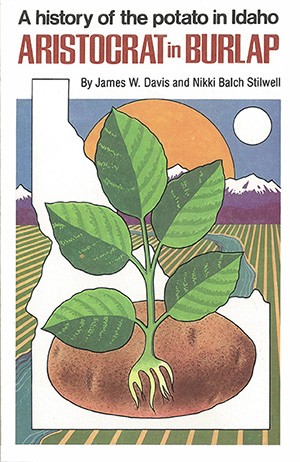INDUSTRY CHANGES WITH TECHNOLOGICAL DEVELOPMENTS
Pumps were used to create the pressure for sprinkling and were usually powered by an electric motor or an internal combustion engine. At first, the water was pumped from irrigation ditches.
Another major breakthrough in technology was the development of pumps powerful enough to lift the water from deep wells and supply pressure to operate a sprinkler system. Geologists and well drillers were finding that most of the Snake River Plains area had vast resources of underground water. An aquifer of great size and value was discovered.
The Idaho Power Company and Utah Power and Light Company were quick to anticipate the power demand that land reclamation and deep-well pumping could create and developed additional generating capacity to handle the load. New irrigation developments sprouted like seed potatoes in June, and each year there were more and more potatoes to sell.
Sprinkler potatoes proved to be of more uniform quality because soil moisture and soil temperature could be controlled with greater accuracy. Sprinklers worked better on light soils, and their use greatly reduced irrigation runoff which carried silt and other undesirable substances back into rivers.
Agricultural chemicals have also contributed greatly to the technological revolution in the potato industry. The availability and use of chemical fertilizers alone has increased yields and quality of potatoes greatly. Insecticides, herbicides, and fungicides have given the grower new weapons to fight insects, weeds, and disease. Mechanization and the availability of custom application service have enabled growers to handle larger farming operations with the utilization of modern agricultural chemicals.
The industry is now engaged in the development of an integrated pest-management program aimed at the reduction of dependence on chemicals and involving biological controls by utilizing natural enemies of pests and disease organisms. By 1991, Idaho's potato production had grown to 122.2 million cwt for which growers received $489 million.

